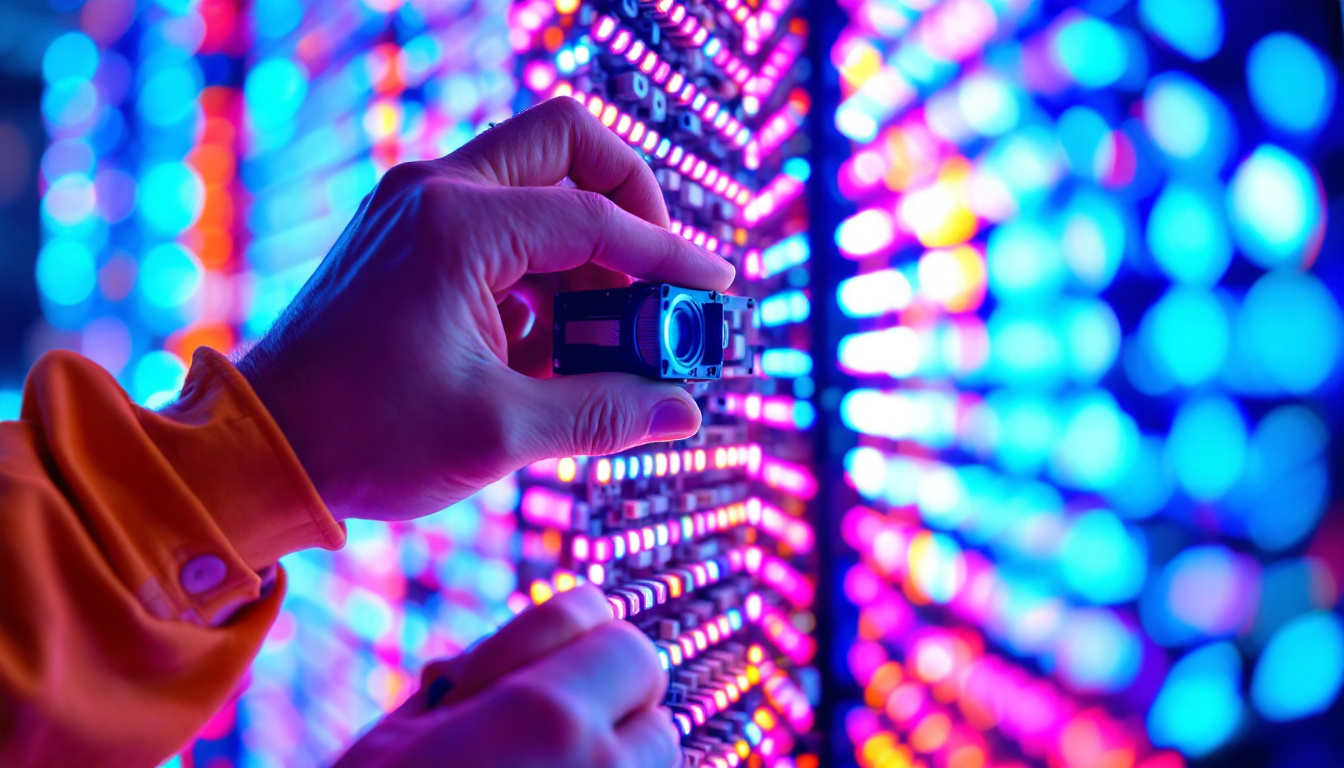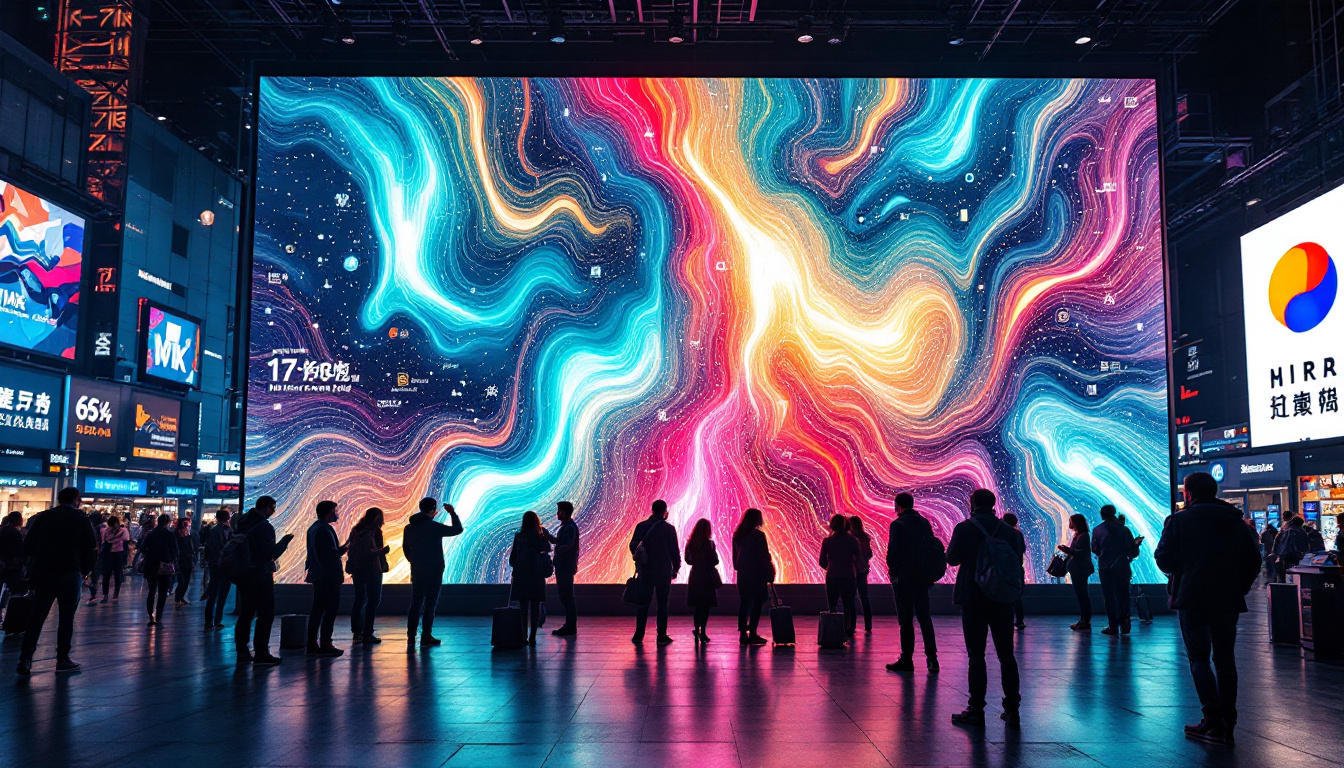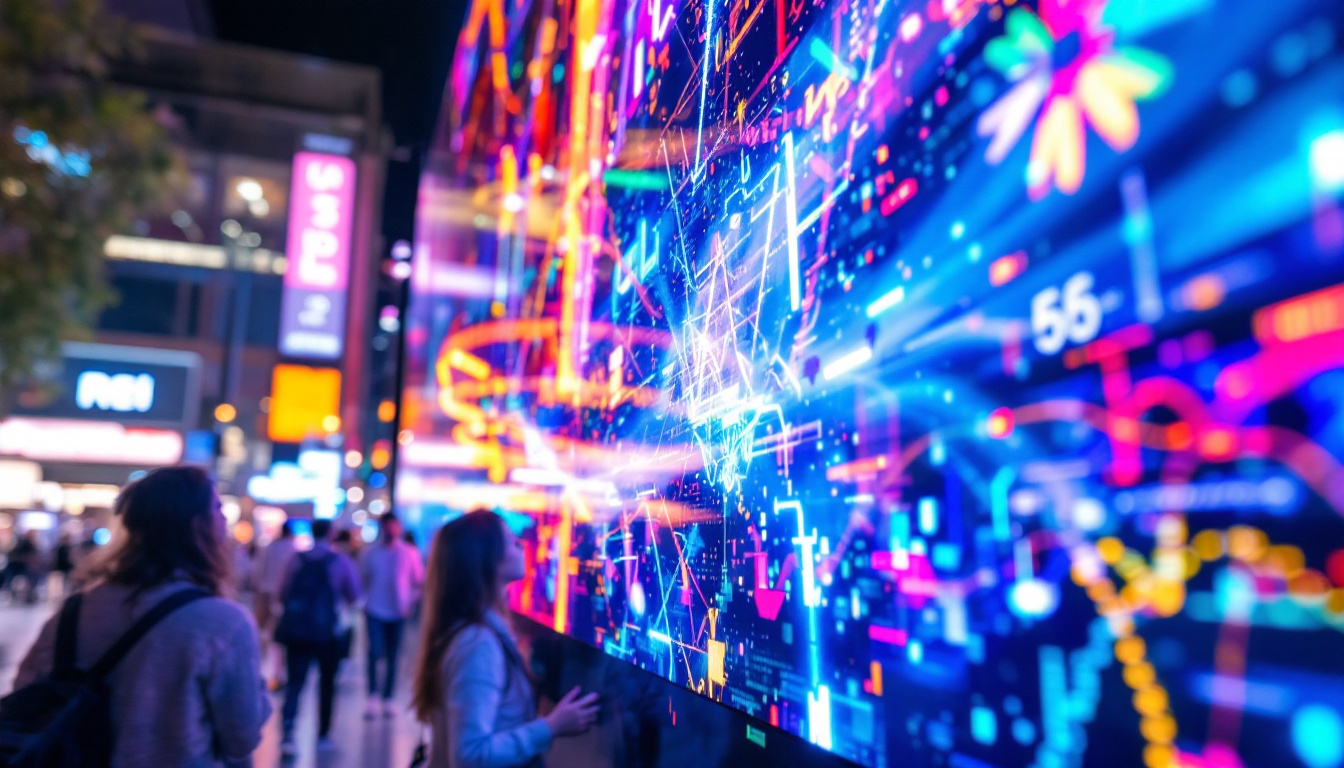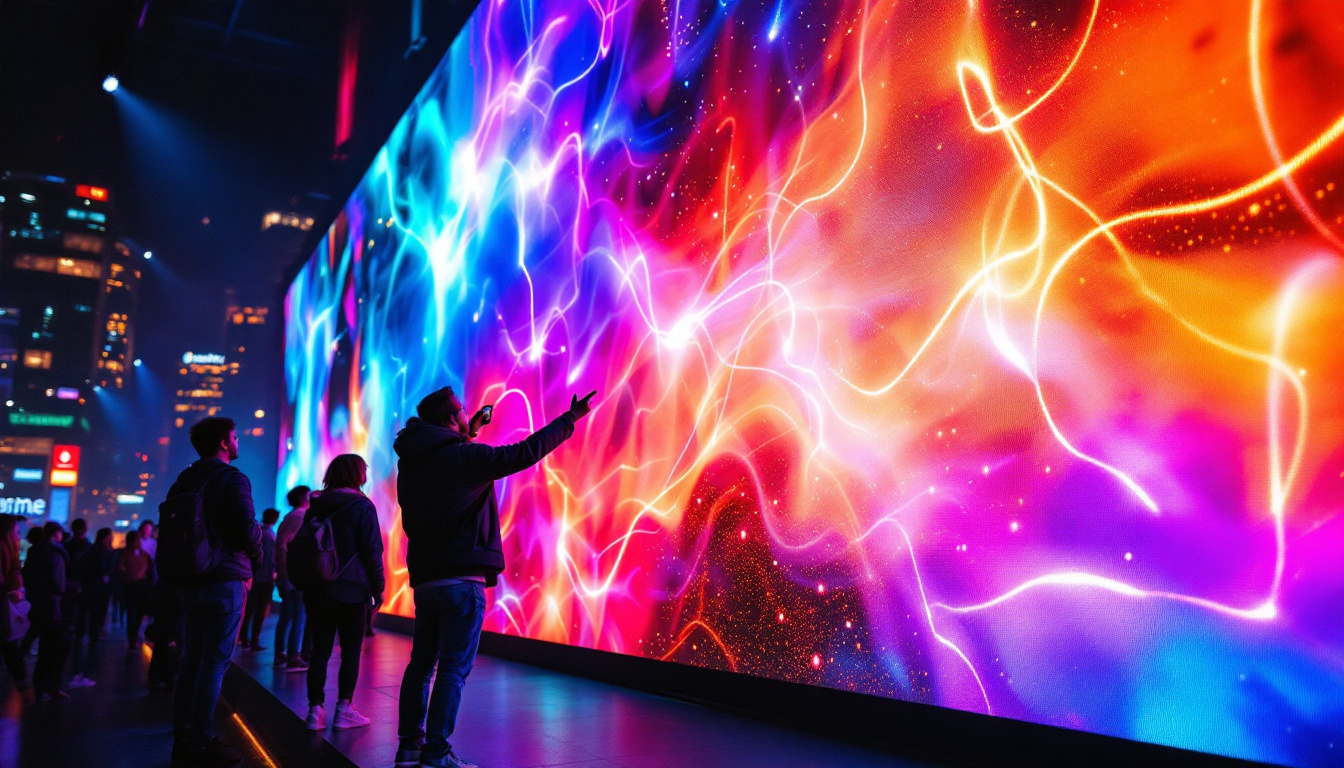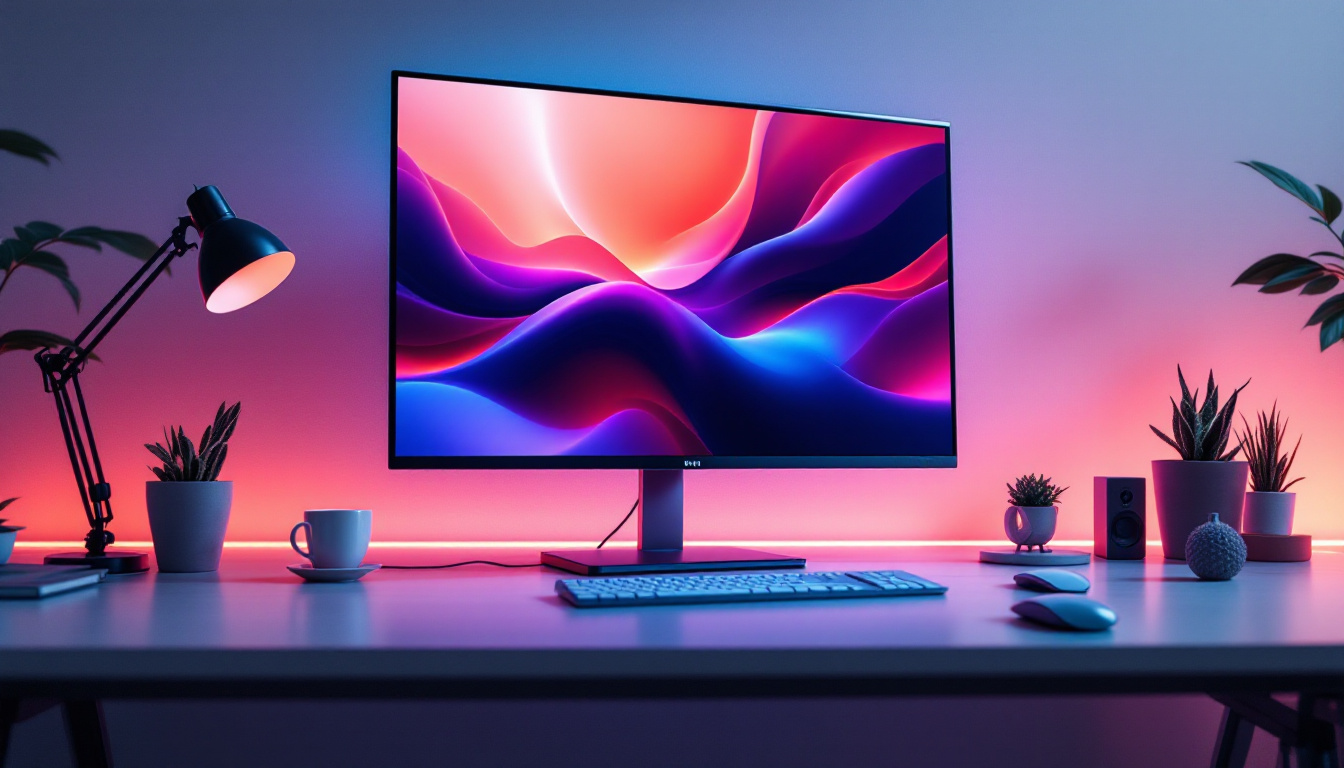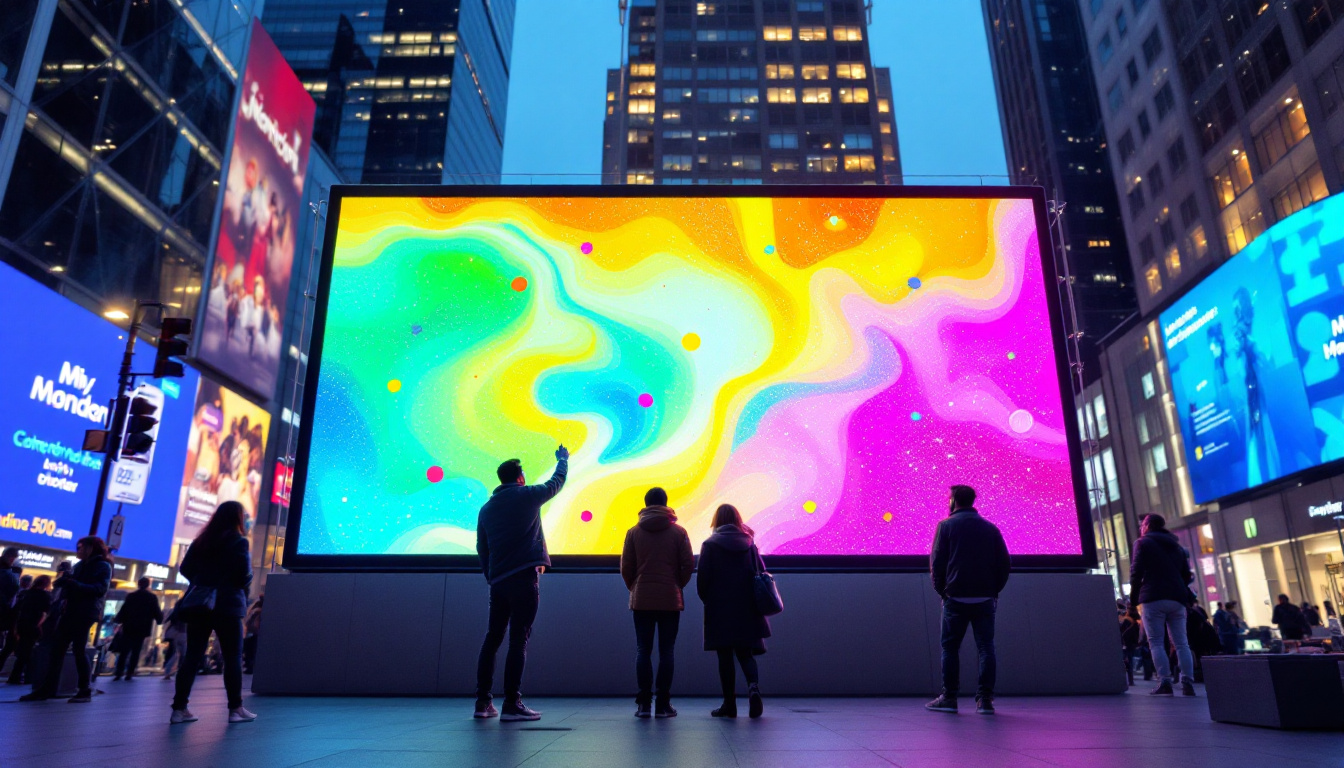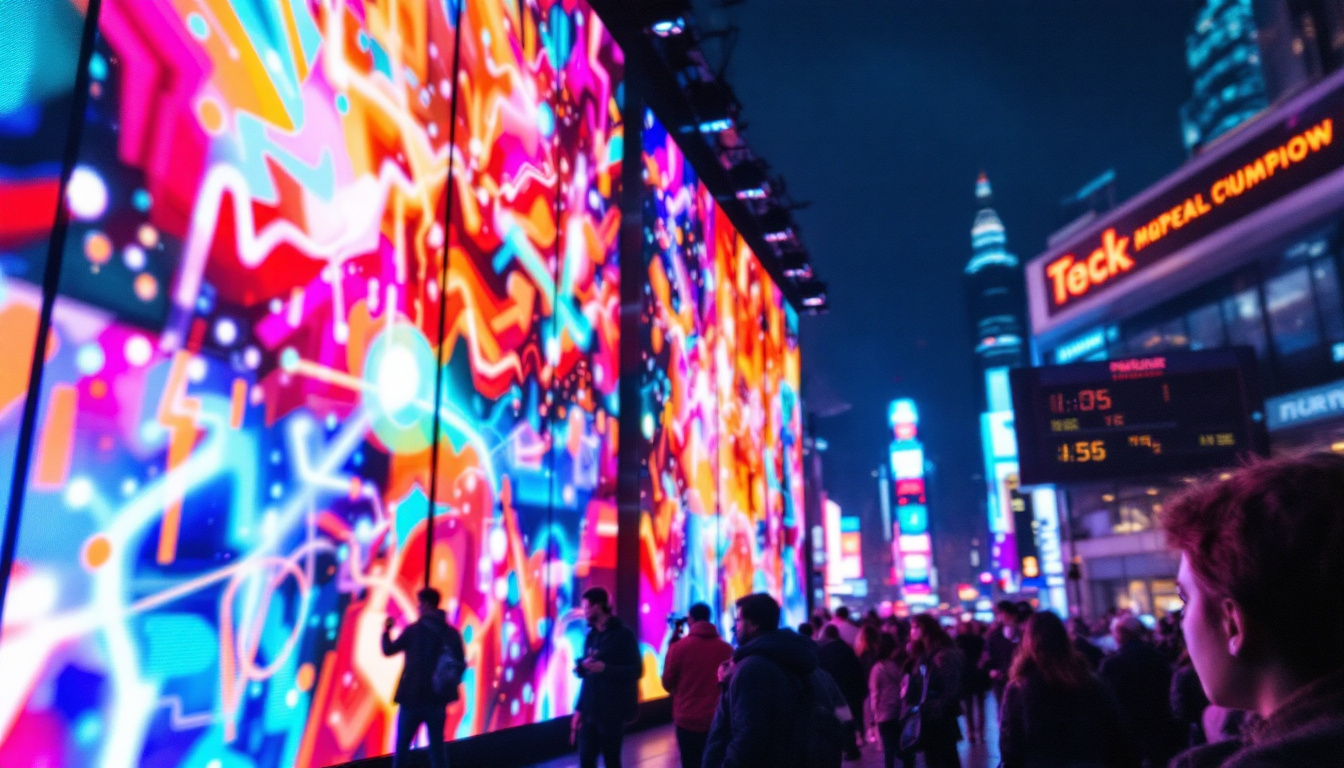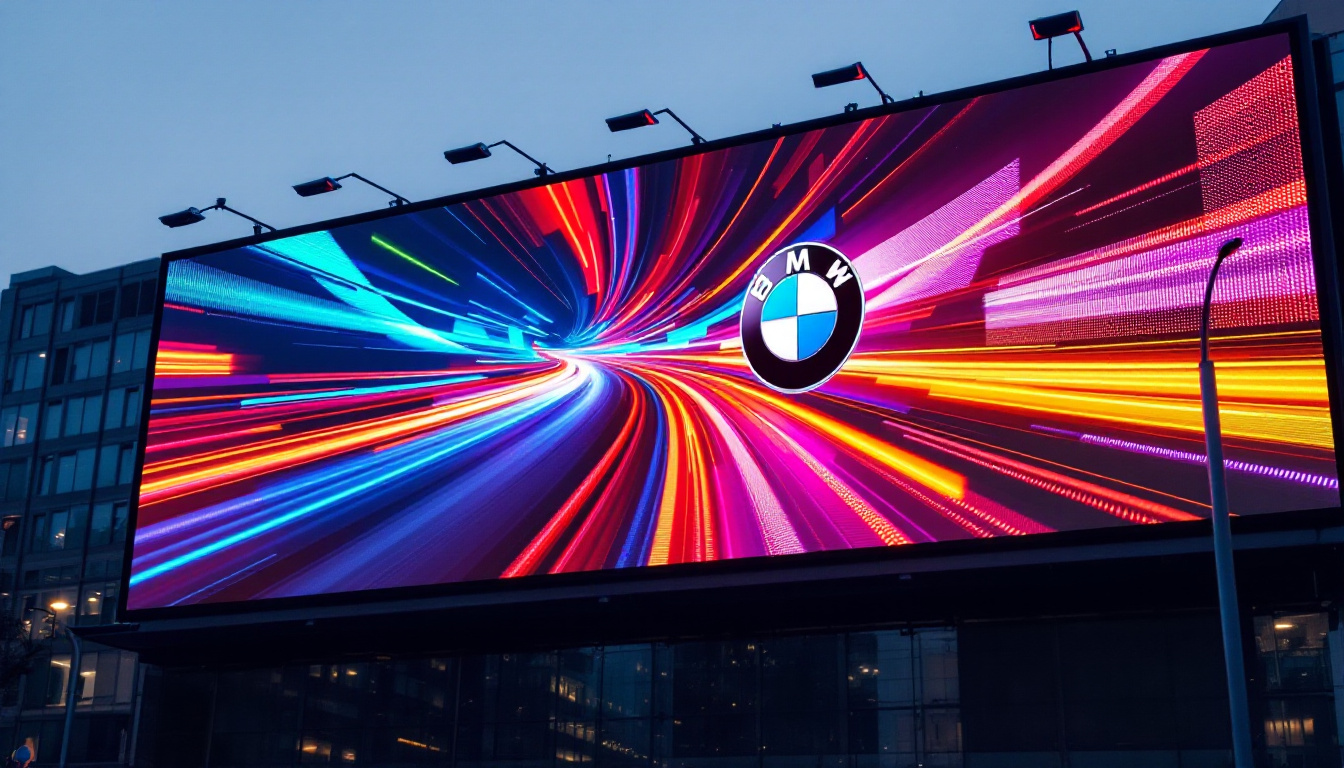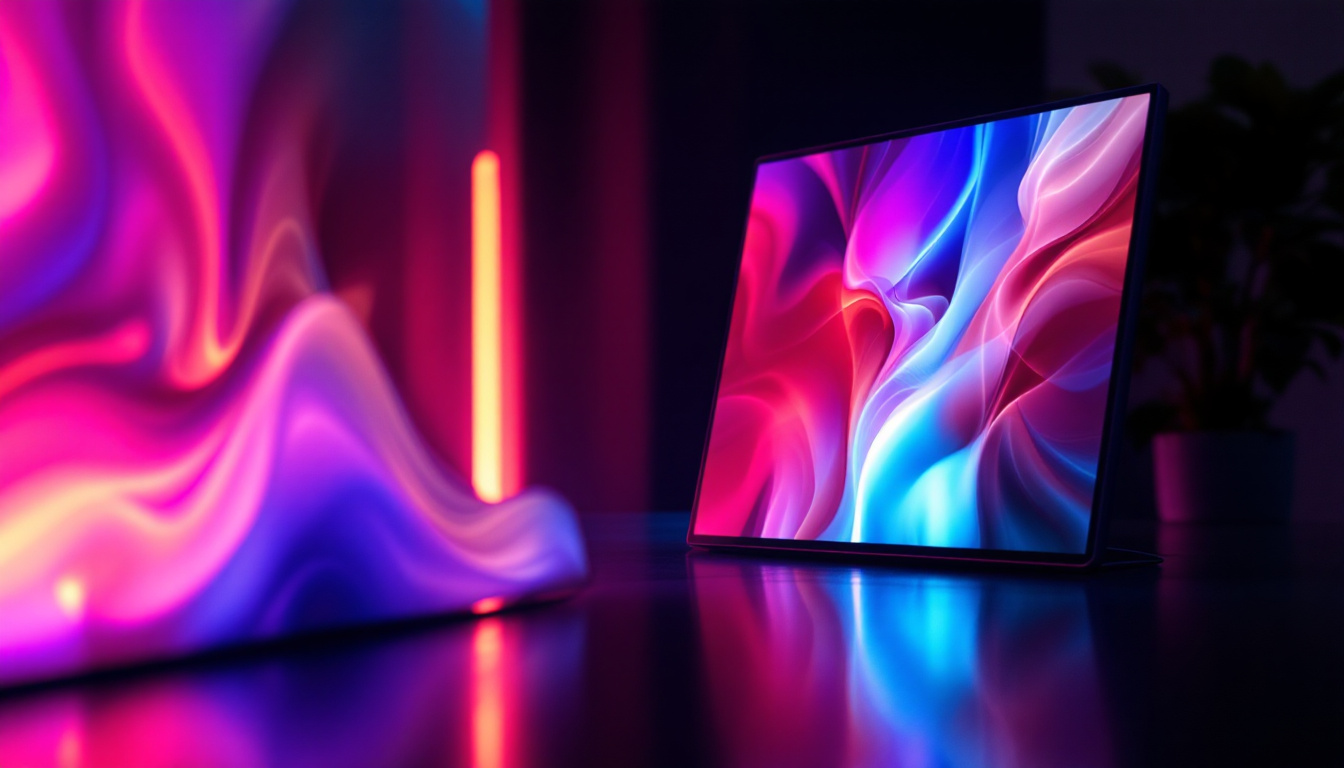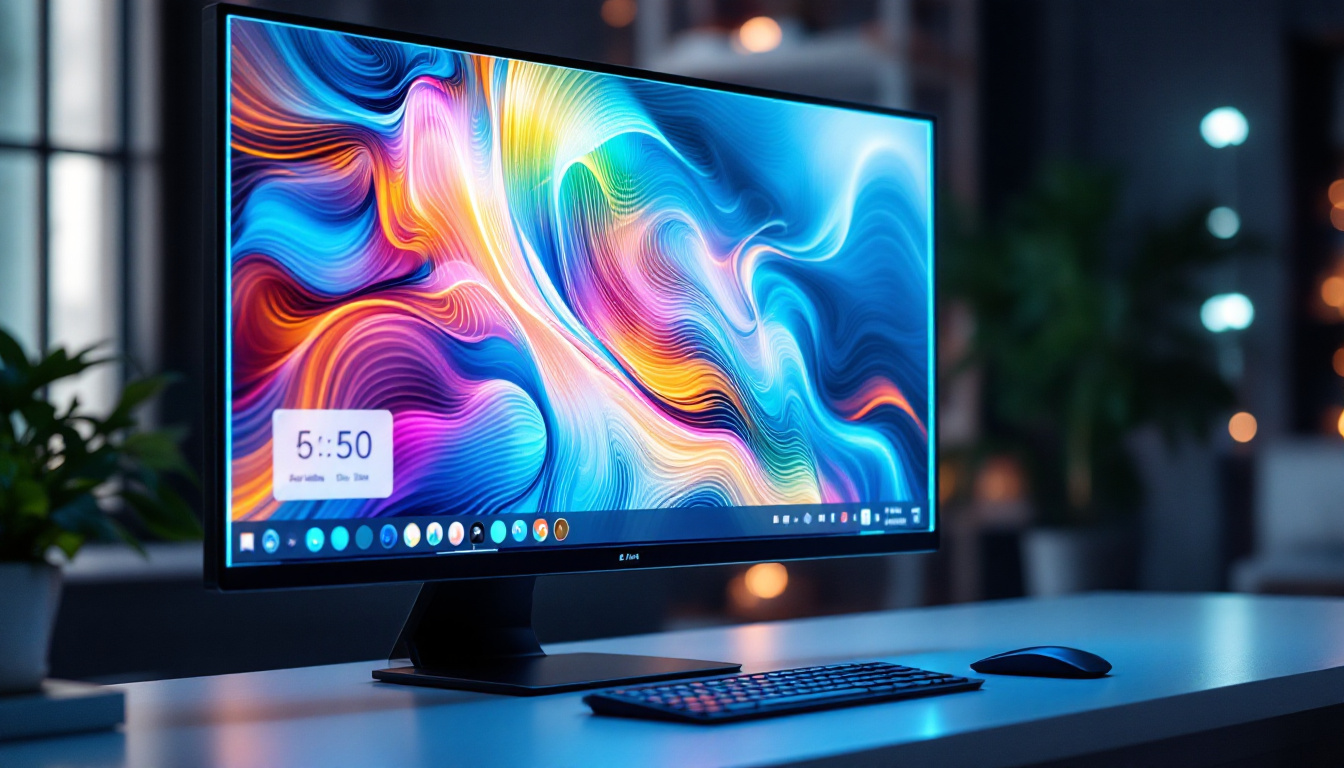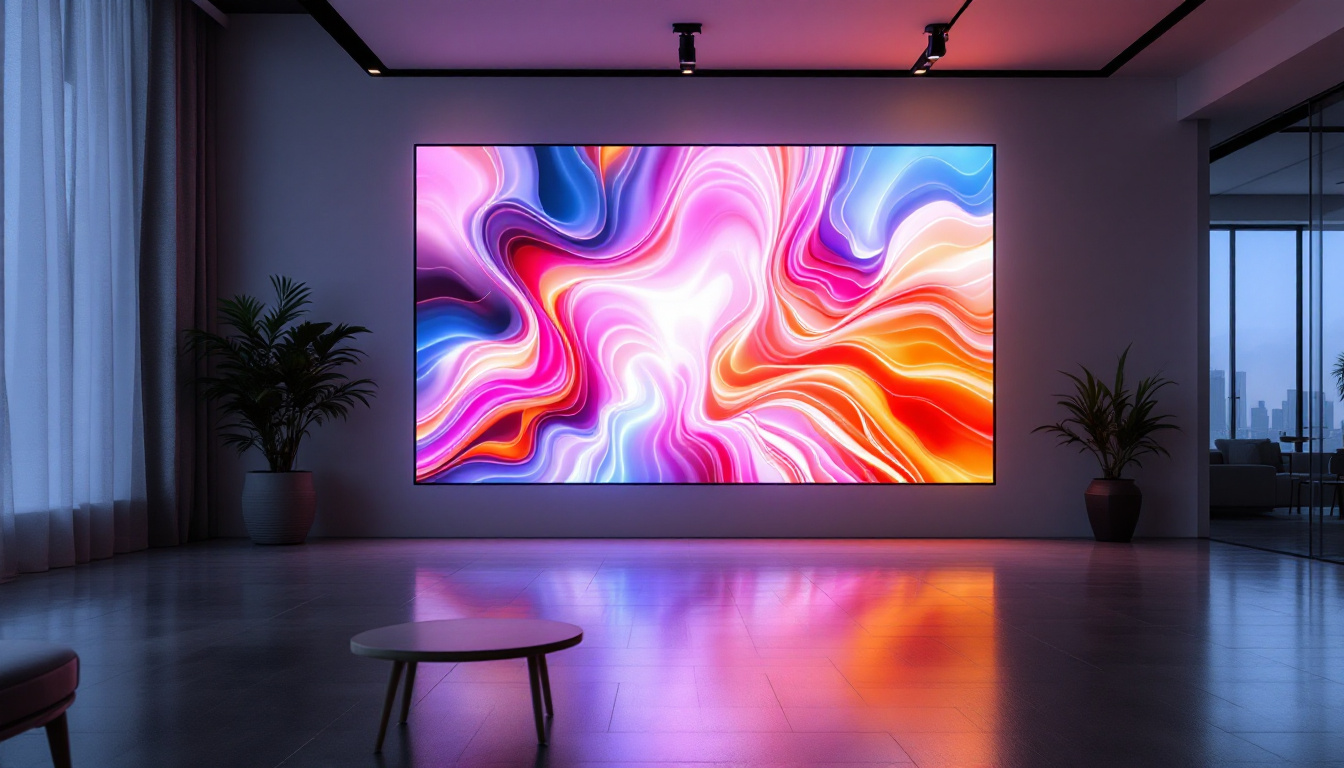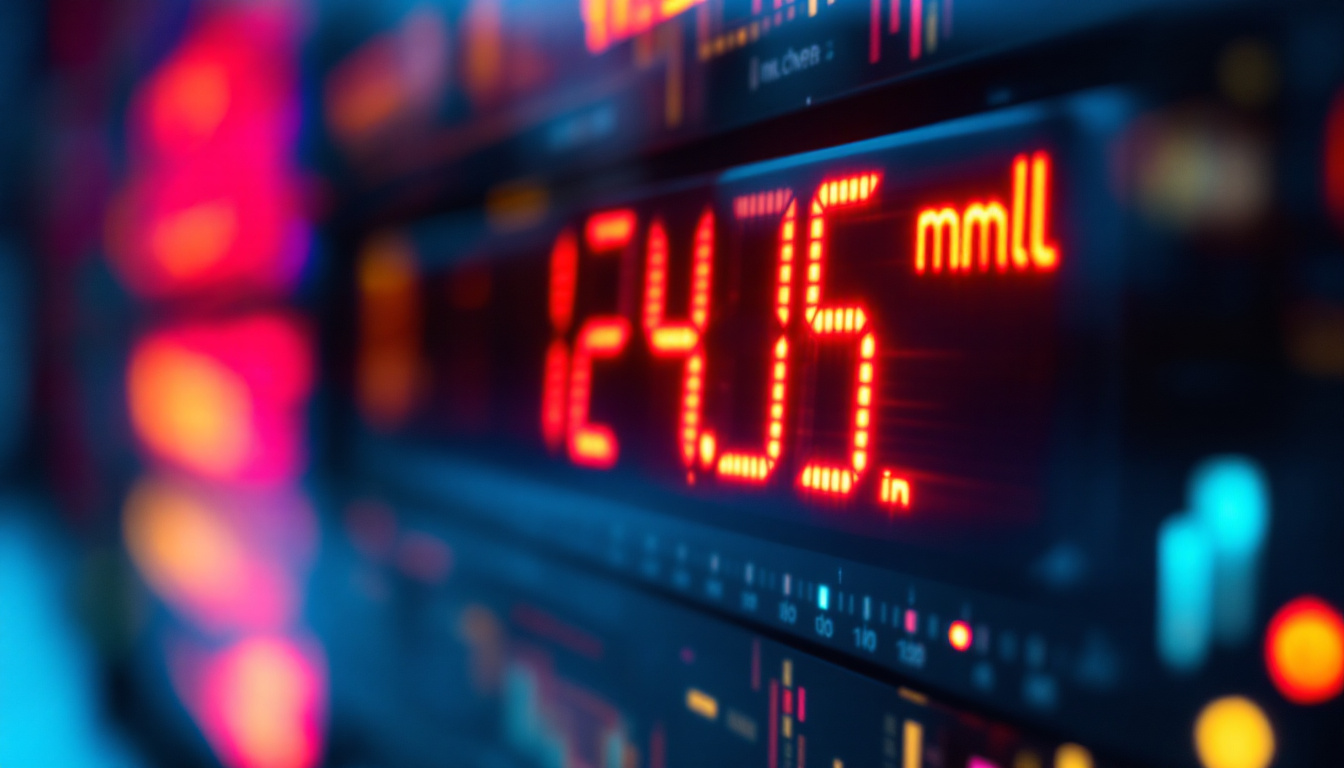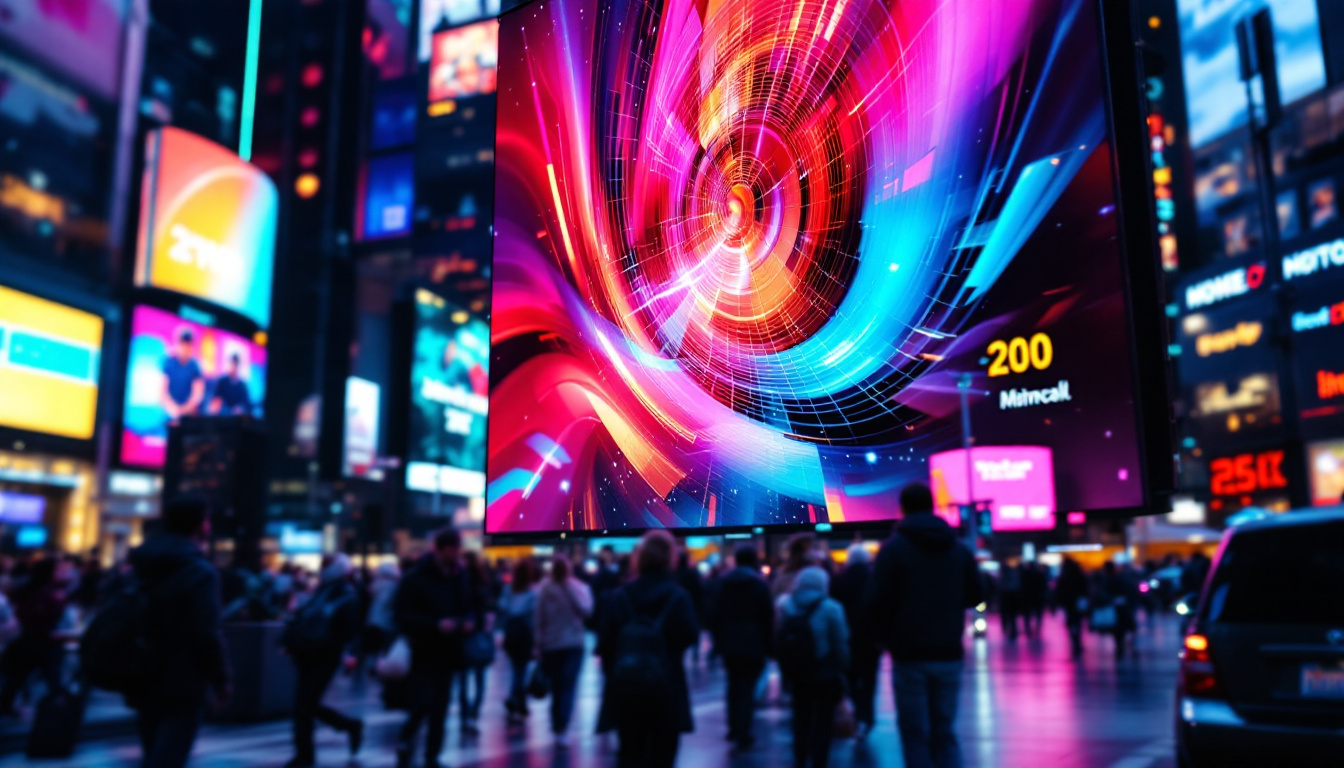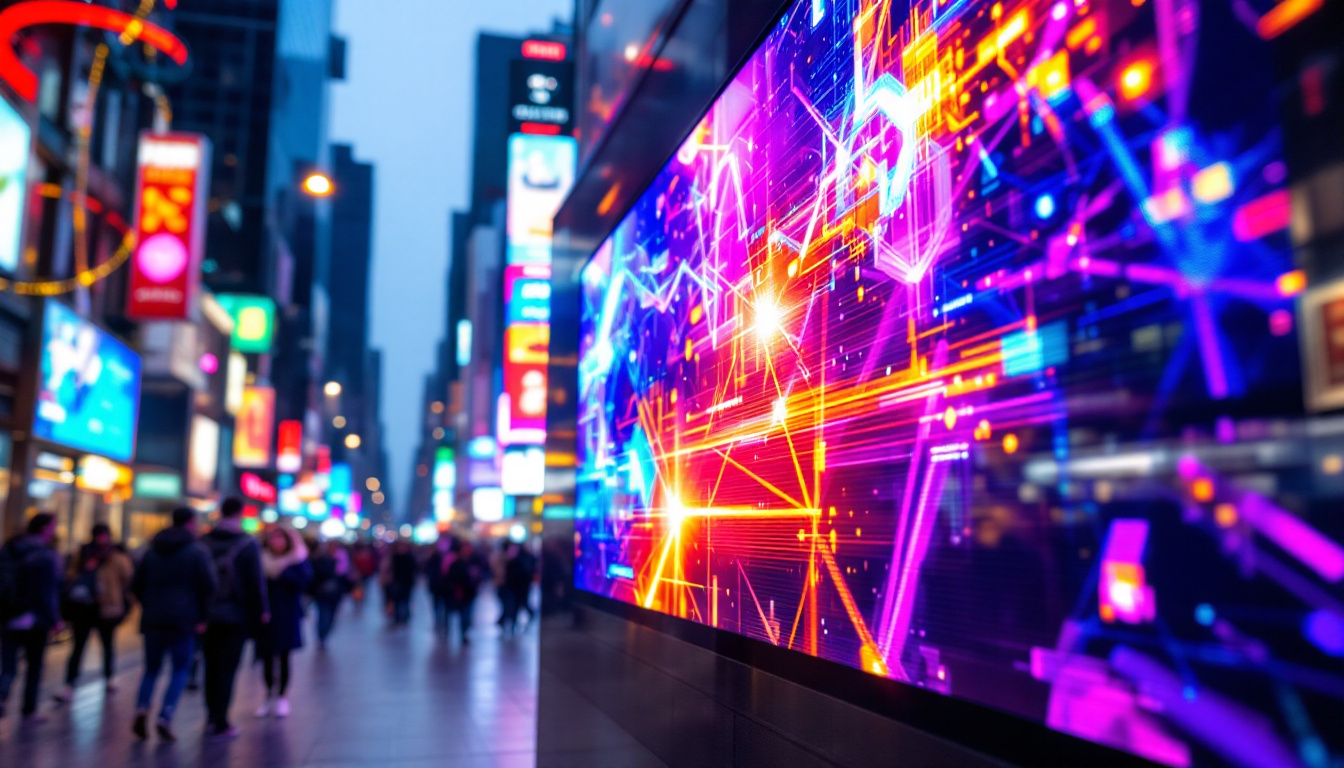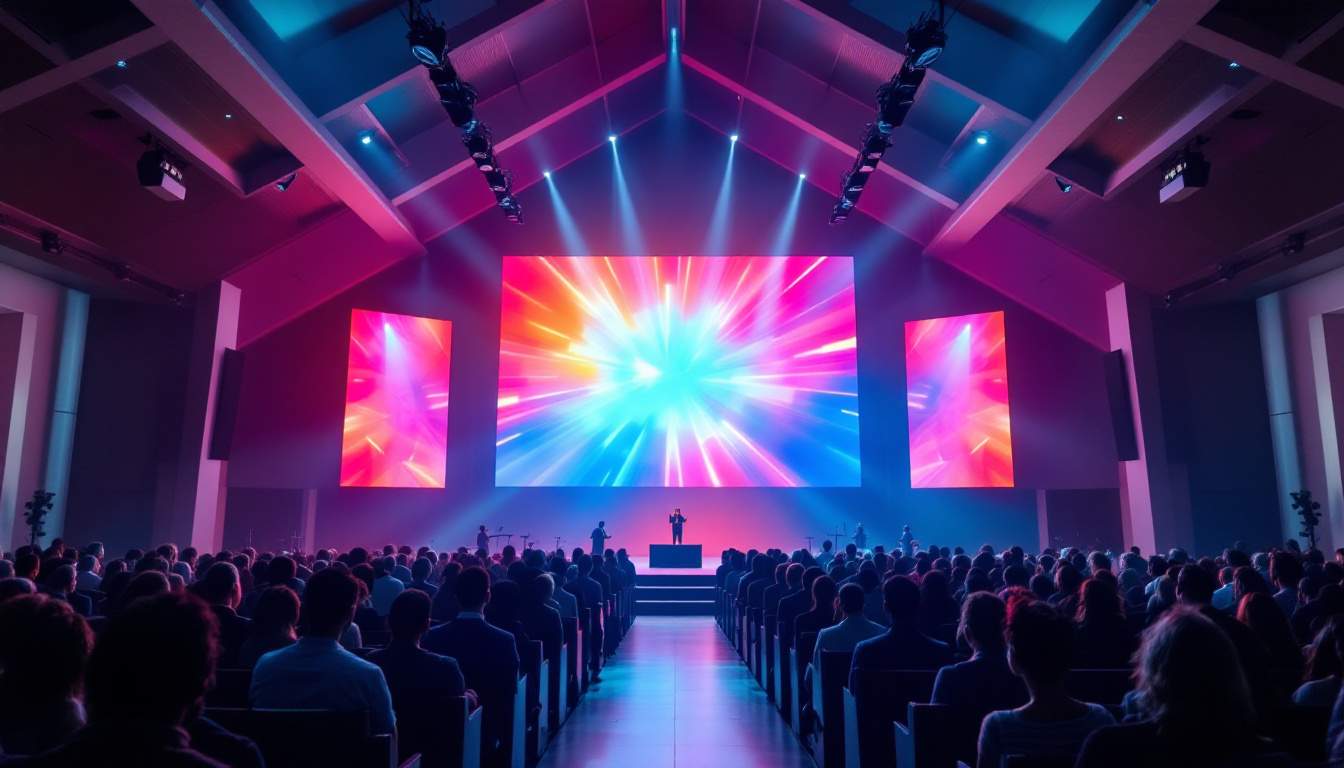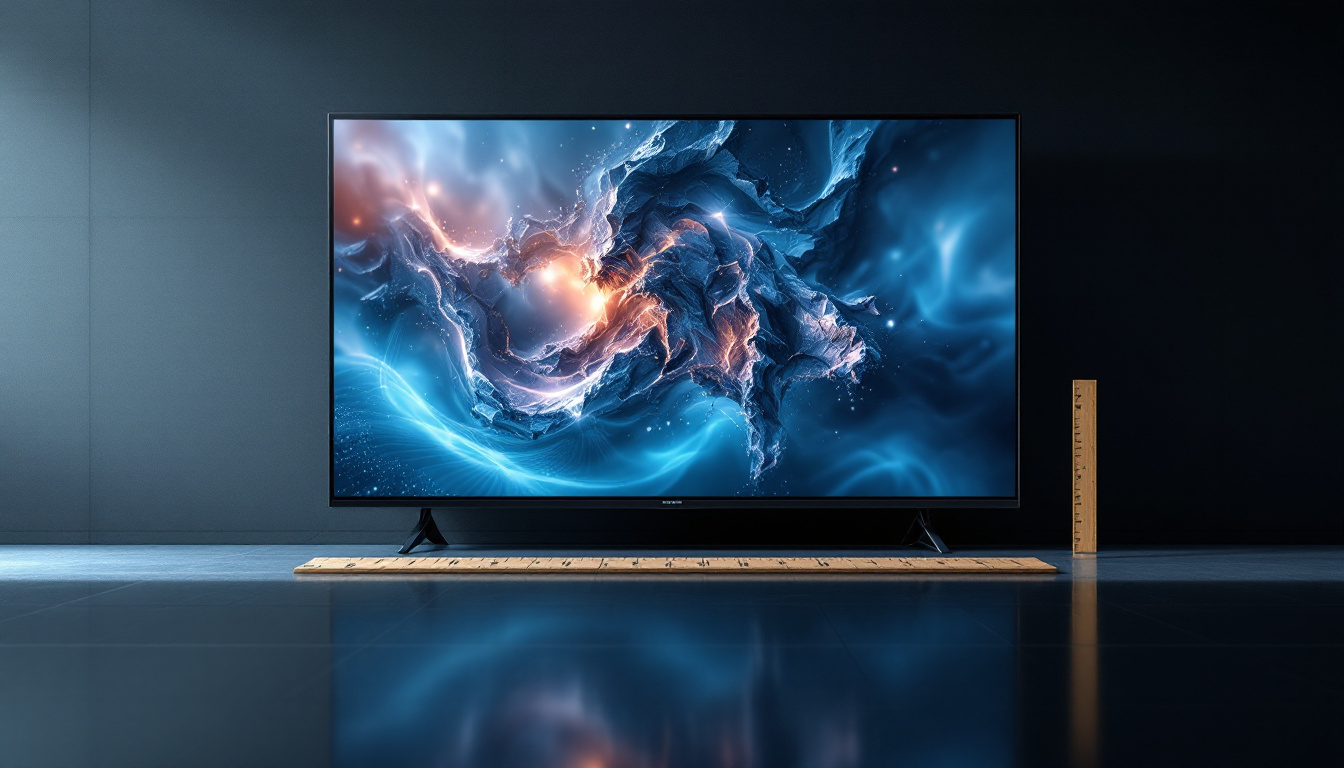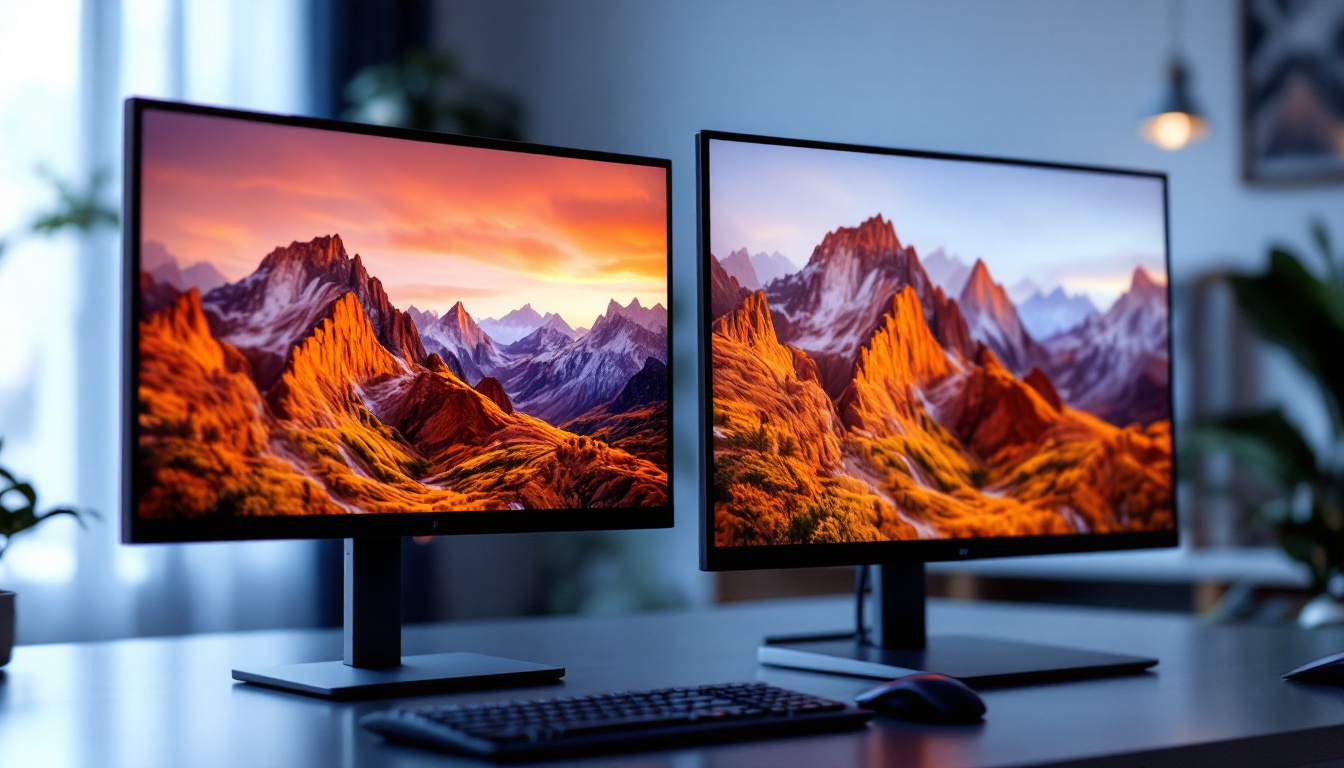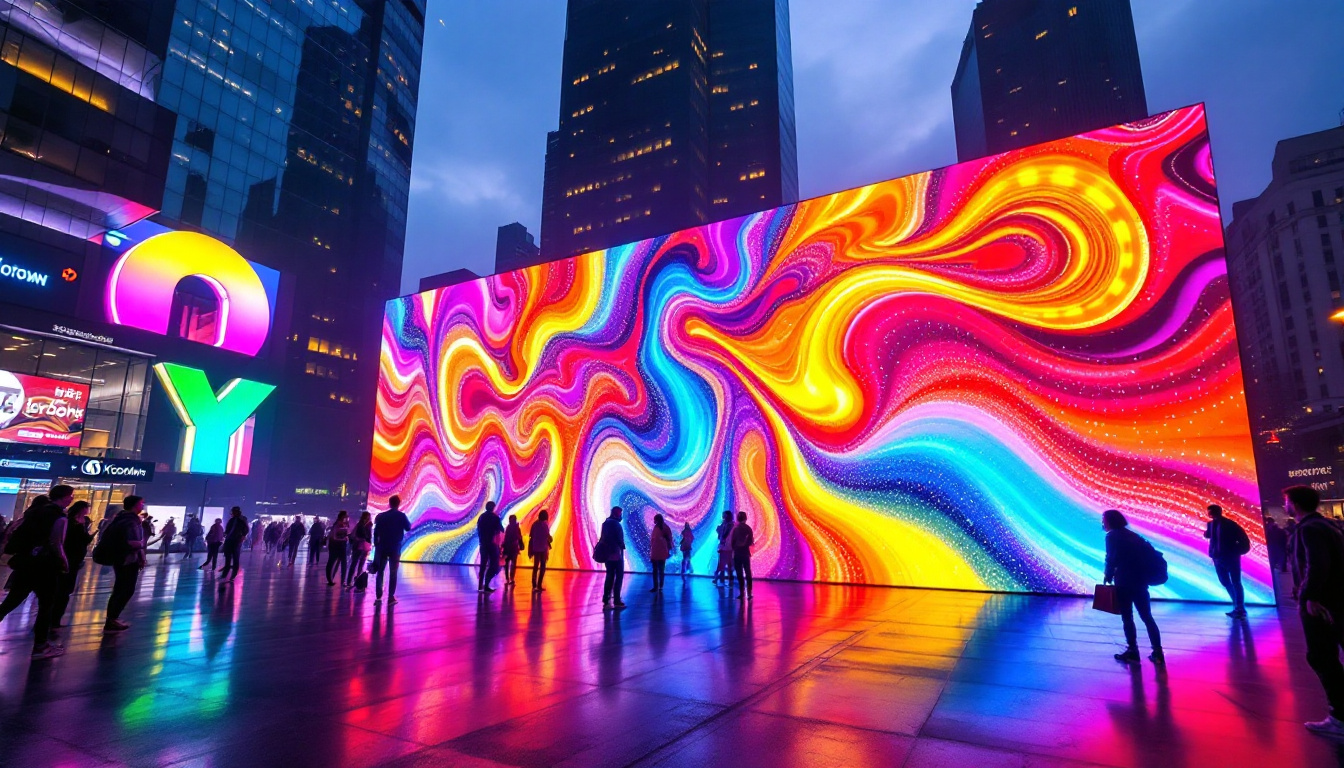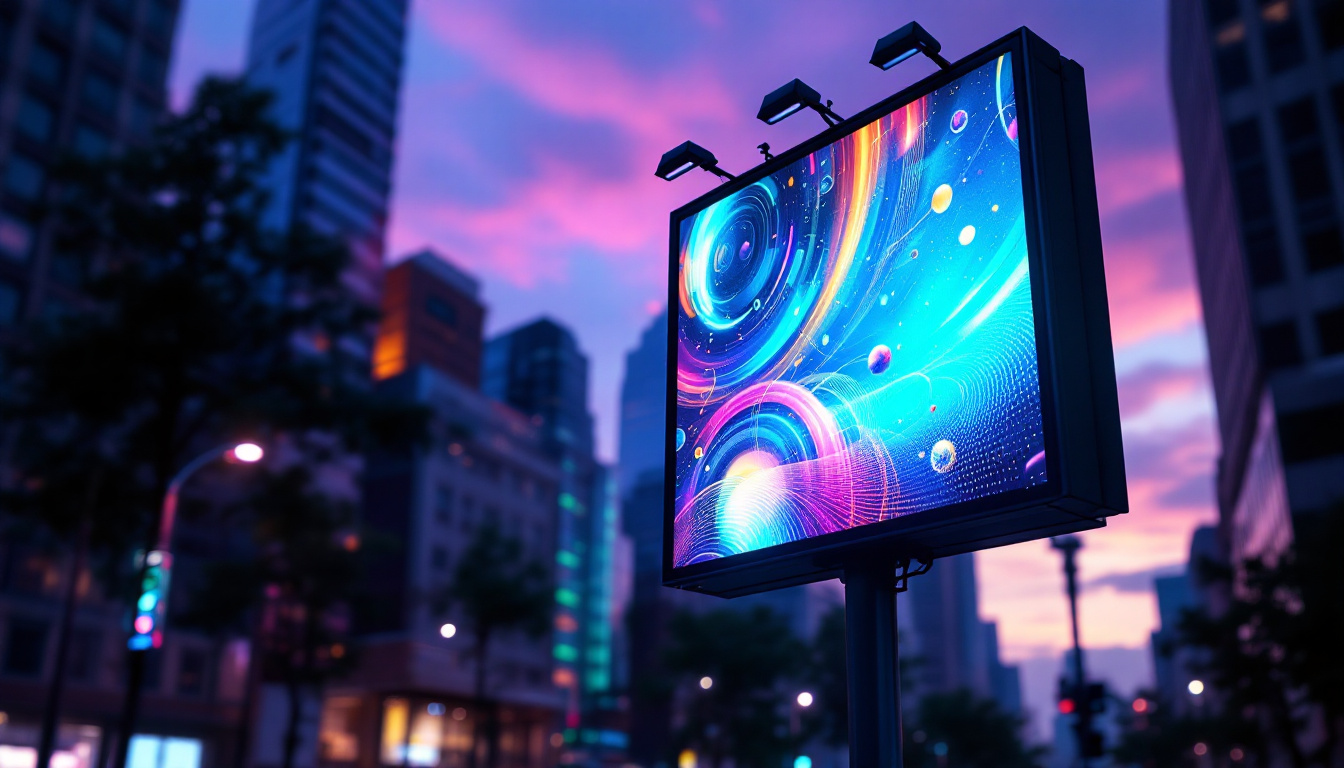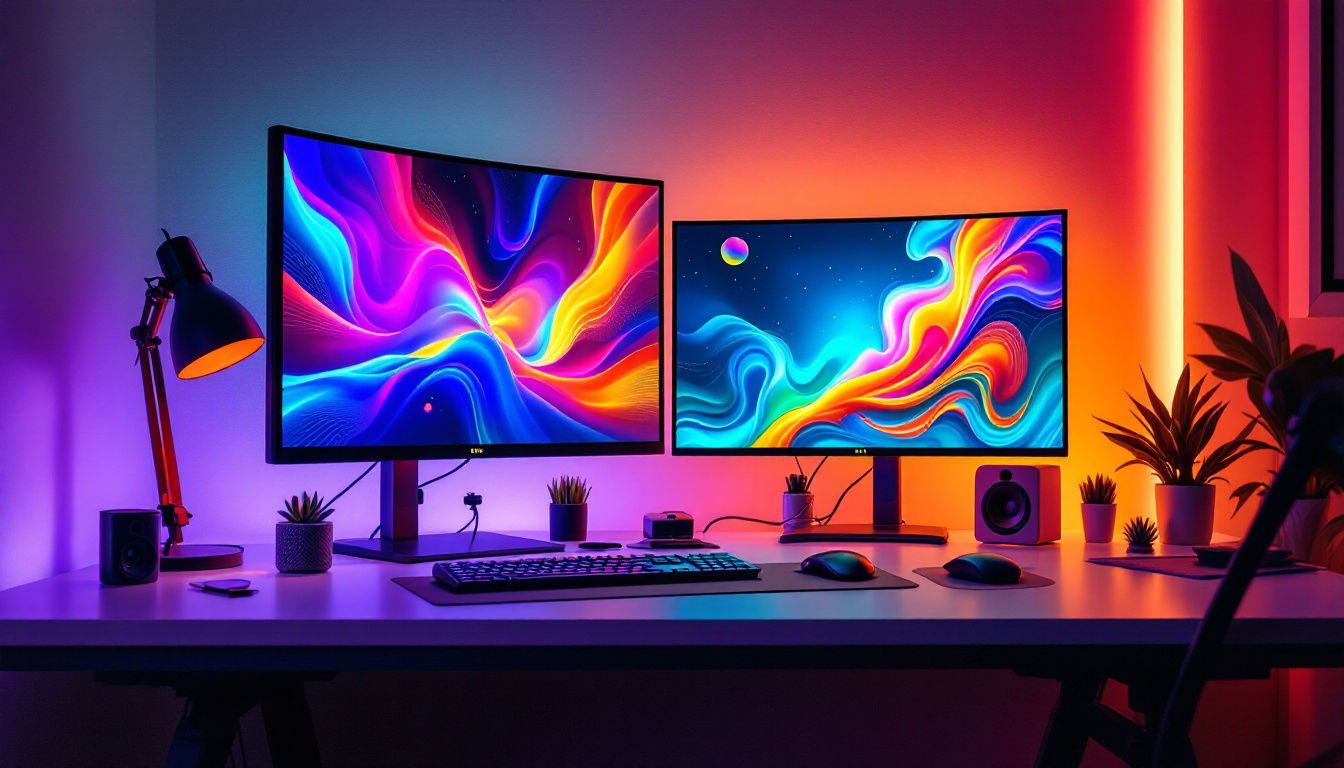In today’s fast-paced digital world, LED displays have become an integral part of various industries, from advertising to entertainment. The evolution of LED technology has led to the development of modular LED displays, which offer flexibility, scalability, and superior image quality. This article delves into the intricacies of LED module replacement, exploring its significance, benefits, and the technical aspects that underpin this technology.
Understanding LED Displays
LED displays utilize light-emitting diodes (LEDs) to produce images and videos. These displays are known for their brightness, energy efficiency, and longevity compared to traditional display technologies. The modular design allows for easy customization and repair, making them a popular choice for both indoor and outdoor applications.
The Basics of LED Technology
LEDs are semiconductor devices that emit light when an electric current passes through them. They are available in various colors and can be combined to create a full spectrum of colors. This technology not only enhances visual appeal but also reduces power consumption, making LED displays a sustainable choice for businesses.
In essence, an LED display consists of multiple modules, each containing a grid of LEDs. These modules can be assembled to create larger screens, allowing for a wide range of sizes and resolutions. The modularity of LED displays is a key factor in their popularity, as it enables easy upgrades and replacements. Furthermore, advancements in technology have led to the development of high-definition and ultra-high-definition LED displays, which provide stunning clarity and detail, making them suitable for applications ranging from live events to digital art installations.
Types of LED Displays
LED displays can be categorized into several types based on their application and technology. The most common types include:
- Indoor LED Displays: These displays are typically used in venues such as theaters, conference rooms, and retail spaces. They offer high resolution and vibrant colors, making them ideal for close viewing distances.
- Outdoor LED Displays: Designed to withstand harsh weather conditions, outdoor LED displays are commonly used for billboards and signage. They are built with protective casings and have higher brightness levels to ensure visibility in sunlight.
- Transparent LED Displays: These innovative displays allow for visibility through the screen while still delivering high-quality images. They are often used in retail environments to showcase products while maintaining an open feel.
Additionally, there are specialized LED displays, such as flexible LED screens, which can be bent and shaped to fit unique spaces, making them perfect for creative installations in museums or exhibitions. Another notable type is the LED video wall, which consists of multiple screens tiled together to create a larger display, often used in control rooms or broadcasting studios. These versatile options demonstrate the adaptability of LED technology, catering to a wide array of industries and artistic expressions.
The Importance of LED Module Replacement
As with any technology, LED displays can experience wear and tear over time. Module replacement becomes essential to maintain the display’s performance and visual quality. Understanding the importance of timely replacements can help businesses avoid costly downtime and ensure a seamless viewing experience.
Reasons for Module Replacement
Several factors can necessitate the replacement of LED modules:
- Burnout: Individual LEDs within a module can fail due to overheating or manufacturing defects, leading to dead pixels on the display.
- Color Degradation: Over time, the color output of LEDs can degrade, resulting in uneven color distribution across the display.
- Physical Damage: Modules can be damaged due to accidents, vandalism, or environmental factors, necessitating immediate replacement to maintain display integrity.
Benefits of Timely Replacement
Replacing faulty LED modules promptly offers several advantages:
- Improved Visual Quality: Replacing damaged modules restores the display’s brightness and color accuracy, ensuring a consistent viewing experience.
- Cost-Effectiveness: Addressing issues early can prevent further damage and reduce the need for extensive repairs or complete display replacements.
- Enhanced Longevity: Regular maintenance and timely module replacements can extend the overall lifespan of the LED display, maximizing the return on investment.
In addition to these benefits, timely module replacements can also enhance the overall reliability of the display system. A well-maintained LED display is less likely to experience unexpected failures during critical events, such as live broadcasts or major presentations. This reliability can be crucial for businesses that depend on their displays for advertising, information dissemination, or entertainment purposes. Furthermore, a proactive approach to module replacement can improve customer satisfaction, as audiences are more likely to engage with displays that consistently deliver high-quality visuals.
Moreover, the technological advancements in LED modules have led to improved energy efficiency and performance. Newer modules often come equipped with better thermal management systems, which can help mitigate issues related to overheating and prolong the life of the display. By investing in the latest LED technology during replacement, businesses can not only enhance their visual output but also reduce energy consumption, leading to lower operational costs over time. This combination of visual appeal and cost efficiency makes timely module replacements a smart strategy for any organization looking to maintain a competitive edge in their industry.
The Process of LED Module Replacement
Replacing LED modules involves a systematic approach to ensure that the process is efficient and minimizes disruption. Understanding the steps involved can help businesses prepare for maintenance and repairs.
Assessment and Diagnosis
The first step in the replacement process is to assess the condition of the LED display. Technicians will diagnose the issue by checking for dead pixels, color inconsistencies, and any physical damage. This assessment helps determine which modules need to be replaced and whether any additional repairs are necessary.
Module Removal
Once the faulty modules have been identified, the next step is to remove them carefully. This process typically involves the following steps:
- Powering down the display to ensure safety during the removal process.
- Disconnecting the module from the display’s control system and power supply.
- Using appropriate tools to detach the module from its mounting position without causing damage to surrounding components.
Installation of New Modules
After the old modules have been removed, the new ones can be installed. This step includes:
- Aligning the new module with the existing framework to ensure a proper fit.
- Connecting the module to the power supply and control system.
- Testing the new module to confirm that it is functioning correctly before finalizing the installation.
Challenges in LED Module Replacement
While replacing LED modules is generally straightforward, several challenges can arise during the process. Understanding these challenges can help businesses prepare and mitigate potential issues.
Compatibility Issues
One of the primary challenges in module replacement is ensuring compatibility between the new modules and the existing display system. Variations in specifications, such as size, color calibration, and electrical requirements, can lead to discrepancies in performance.
To avoid compatibility issues, it is crucial to source replacement modules from reputable manufacturers who provide detailed specifications and support. Additionally, keeping an inventory of compatible modules can streamline the replacement process.
Technical Expertise
Replacing LED modules requires technical expertise to ensure that the installation is performed correctly. Improper installation can lead to further damage or malfunction of the display. Therefore, businesses should consider hiring trained technicians or partnering with professional service providers who specialize in LED display maintenance.
Best Practices for LED Module Maintenance
To prolong the life of LED displays and minimize the need for frequent module replacements, businesses should adopt best practices for maintenance. Regular upkeep can enhance performance and reduce costs in the long run.
Regular Inspections
Conducting routine inspections of LED displays can help identify potential issues before they escalate. Technicians should check for signs of wear, such as discoloration or flickering, and perform necessary adjustments or replacements as needed.
Proper Cleaning Techniques
Dust and debris can accumulate on LED displays, affecting their brightness and clarity. Regular cleaning using appropriate techniques and materials is essential to maintain optimal performance. Soft, lint-free cloths and specialized cleaning solutions should be used to avoid damaging the display surface.
Environmental Considerations
LED displays are sensitive to environmental factors such as humidity, temperature, and exposure to sunlight. Businesses should ensure that displays are installed in suitable locations and protected from extreme conditions. Implementing climate control measures can further enhance the longevity of the display.
The Future of LED Displays
The LED display industry is continually evolving, with advancements in technology paving the way for new possibilities. Understanding these trends can help businesses stay ahead of the curve and make informed decisions regarding their display systems.
Emerging Technologies
Innovations such as microLED and OLED technologies are gaining traction in the display market. These technologies offer improved color accuracy, contrast ratios, and energy efficiency, making them attractive alternatives to traditional LED displays.
Integration with Smart Technologies
As the Internet of Things (IoT) continues to expand, LED displays are increasingly being integrated with smart technologies. This integration allows for real-time data display, remote monitoring, and interactive features that enhance user engagement.
Conclusion
LED module replacement is a critical aspect of maintaining high-quality LED displays. By understanding the importance of timely replacements, the replacement process, and best practices for maintenance, businesses can ensure optimal performance and longevity of their display systems. As technology continues to advance, staying informed about emerging trends will empower businesses to make strategic decisions that enhance their visual communication efforts.
In a world where visual impact is paramount, investing in reliable LED display technology and maintaining it effectively can significantly contribute to a brand’s success. Whether for advertising, entertainment, or information dissemination, LED displays will continue to play a vital role in shaping how messages are conveyed to audiences.
Explore Cutting-Edge LED Solutions with LumenMatrix
Ready to elevate your visual communication with the latest in LED technology? LumenMatrix is at the forefront of innovation, offering a diverse range of LED display modules that are perfect for any application. From Indoor and Outdoor LED Wall Displays to specialized solutions like Vehicle, Sports, and Floor LED Displays, our products are designed to captivate your audience and amplify your message. Discover the transformative power of our Custom, All-in-One, and Transparent LED Displays. Check out LumenMatrix LED Display Solutions today and experience the future of digital signage.

